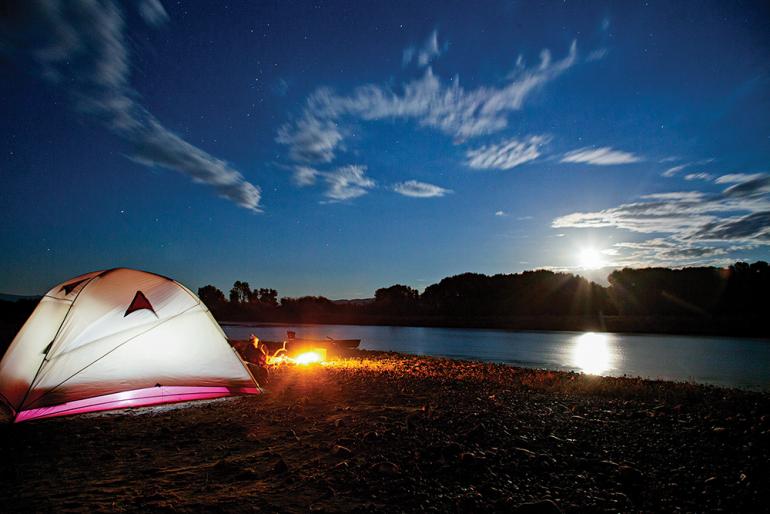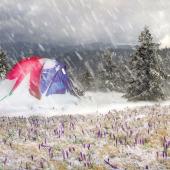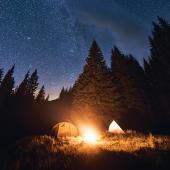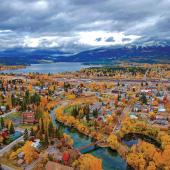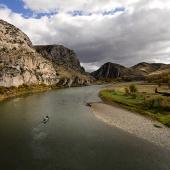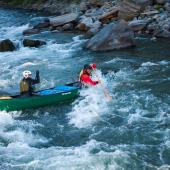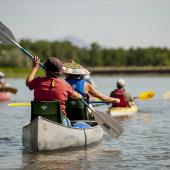Wet Dreams
Overnight canoe trips around Bozeman.
In the summer, when the weather is warm and our outdoor playground abounds with opportunities for adventure, there appears a strange sense of urgency. How much can we cram in before the season passes us by? It’s an unfortunate paradox: in the rush to do and see more, we find ourselves stressing about the things that should bring us solace.
Wilderness trips of any kind have a way of bringing us down to the lowest common denominators, reminding us what is really necessary. This summer, get back into a slow Montana-style mosey, with a few days spent paddling a canoe—and a few nights camped along shore. Canoe camping is a great way to enjoy the outdoors and get out of Dodge for a few days. With a little creativity and common sense, it can become your new summer staple. Here are some tips for getting started and staying safe.
What to Bring
The beauty of a canoe over, say, a backpack, is the luxury to worry less about bulk and weight. That being said, a well-packed canoe should be as simple as possible, especially in the case of portages, planned or not.
Firstly, choose the right canoe for your needs. Depending on the hull material and design, canoes are meant for different types of trips, from flatwater to coursing whitewater. Decide on a route and then talk to a local shop, or do some research online, to find the right fit for your needs. You’ll also need paddles that fit, an extra paddle, life jackets, and 15-20 feet of rope in case you need to pull the boat around obstacles.
The remaining gear is mostly up to preference. Pack a stove, cookware, dried or canned foods, and beverages of choice. Unless you plan on carrying sufficient drinking water, you’ll also need a purification method. Boiling works fine in camp, but on the water, a filter or iodine tablets make for a quick bottle refill. Next, a tent, tarp, and sleeping pad, and folding chairs for camp if you have room.
Growing up, my family packed our canoe-camping gear in wannigins—sturdy wooden boxes with tumplines (head-carry straps). These versatile containers double as seats in the middle of the canoe or around camp, and the lids serve as cutting boards for meal-prep. You can also use Rubbermaid bins or even five-gallon buckets. Remember that whatever doesn’t float, sinks. Fast.
Once you’ve planned your meals and gathered your gear, give some thought to packing the canoe. Keep your gear no higher than the gunnels, with the weight low and centered, and pack anything that needs to stay dry in drybags. Lash everything down securely, even in calm water—more than one overconfident party has gone topsy-turvy in the middle of a tranquil pond. Whatever you’ll need to access on the water, such as raingear, lunch, snacks, or sunscreen, pack on top.
Where to Go
The Jefferson River
The stretch from Silver Star to Cardwell is a great overnight trip with mellow water, diverse scenery, and lots of wildlife—perfect for novice canoeists. On the downside, fishing is slow and the water level can drop dramatically toward the end of summer, so bang this one out earlier in the season. Keep an eye out for diversion dams below Parson’s Bridge and the Parrot Castle access site.
The Lower Yellowstone River
By mid-summer, the water levels on the Yellowstone should be manageable for novice and intermediate canoeists, with short sections of faster water. If you’re paying attention, most rapids can be avoided. Start at Big Timber and float as far as you’d like, enjoying wildlife-rich, big-ranch country, along with easy shuttles along I-90. Bring a fishing rod and binoculars for spotting wildlife.
Cliff Lake
A good stand-in for your cancelled tropical vacation, Cliff Lake has crystal-blue waters and an exotic feel. Put in at the boat ramp and start paddling. A mile in, the water shallows, allowing for great sight-fishing. Keep going and you’ll reach an island, marking a split into three sprawling fingers. Pick one, paddle in, and choose a campsite for a secluded, quiet stay.
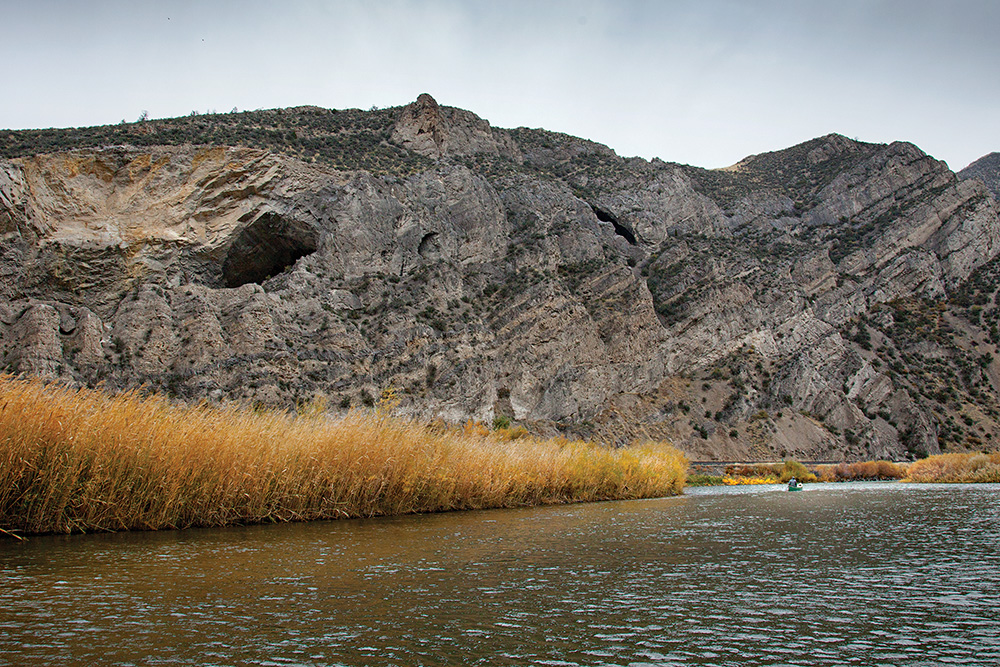
Safety
If you can get into the boat without tipping, paddling on flatwater safely is relatively simple. Keep your lifejacket on and your weight centered, and you should be good to go—the only real concerns are wind and waves during a storm. However, as you venture into moving water, you’ll need more skills. Paddlestrokes like the pry, draw, and J-stroke should keep you in control and help you cruise along with ease. On Montana rivers, the back-ferry is essential—ask an experienced friend or look it up online. Practice using your weight to tilt the canoe and keep it counter-balanced through turns and in choppy water.
In fast water, stay vigilant and watch for sweepers, strainers, or other obstacles that could get you in trouble. Kneeling down, with your butt against the seat, offers more stability. Never let your boat turn broadside in the current; it’s a quick recipe for getting wet. Always scout rapids beforehand, and portage around if you have any doubts. It’s a good idea to practice, in calm water, how to right an overturned boat. Canoes, while more maneuverable than other watercraft, are also more prone to capsizing.
Always prepare for the worst in terms of weather or emergencies. Pack a first-aid kit in each boat, stay on dry land in the case of lightning storms, and pack extra layers.
Other Considerations
Keep in mind that the great outdoors is not all free and clear for recreation. Always know where you are and what the rules are. For instance, you can’t camp on private land without permission. And on public land, campfires are generally permitted only in designated rings, so you may not get to have one at all. In that case, turn your chair to the west and gaze at the best blaze of all after a long day on the water: the setting summer sun.


